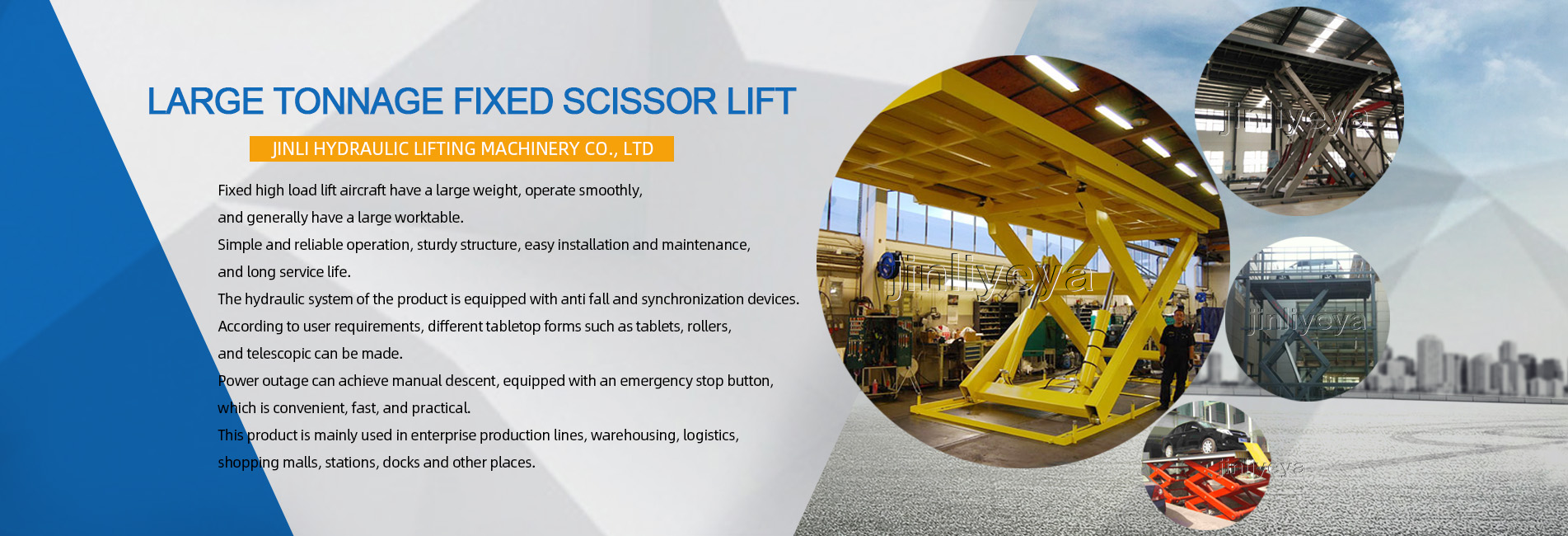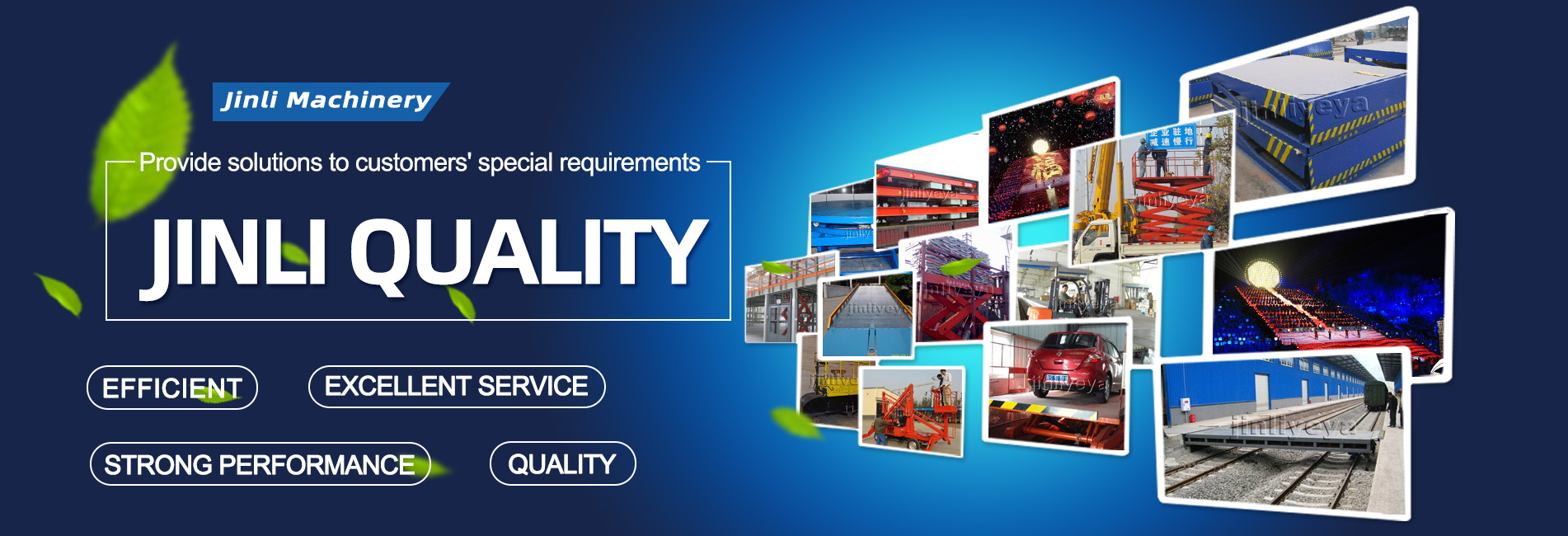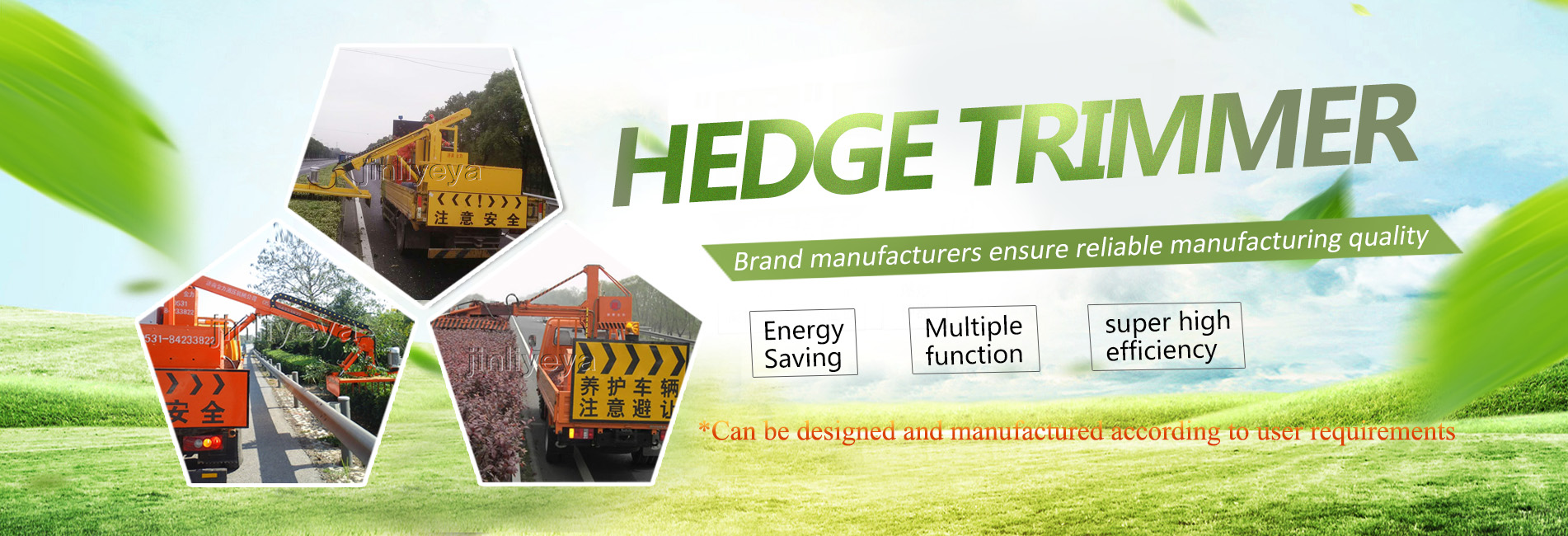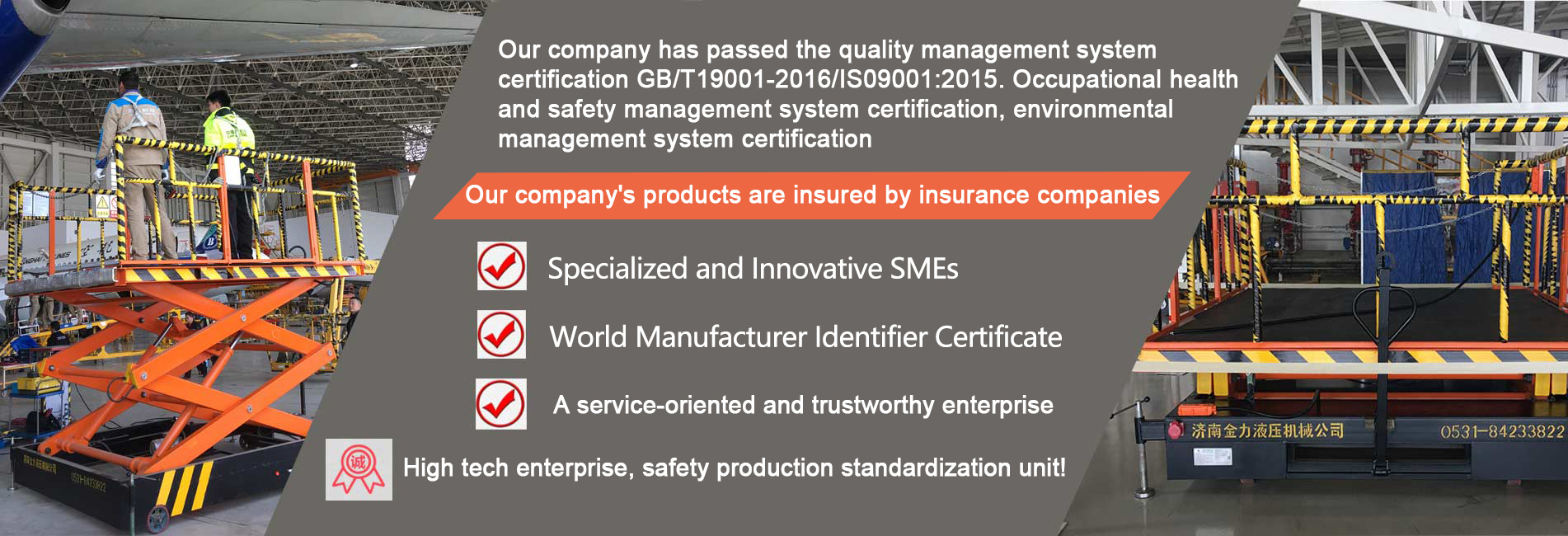The automatic loading and unloading platform in the logistics workshop is mainly used for the loading and unloading operations of pallet transportation, mainly consisting ofMobile forklift or manual handling vehicleform. A typical modern pallet loading and unloading platform consists of a high loading and unloading platform, a height adjustment plate (serving as a bridge between the platform and the transport vehicle), and a forklift or manual handling vehicle (used to transport goods in and out of the transport vehicle). The design of the loading and unloading platform is an important component of the entire equipment process design. The loading and unloading platform is the starting and ending point of the facility logistics process. It combines indoor logistics with external transportation and must match the efficiency of the entire facility system in order to maintain high productivity for the entire enterprise.
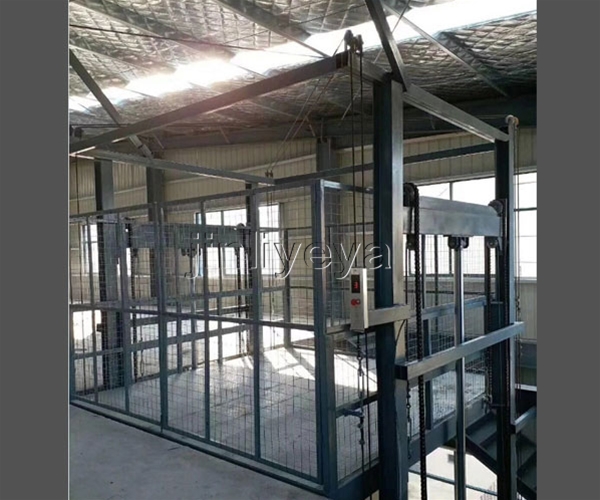
The loading and unloading platform is also a place with many hidden dangers (including forklift accidents falling from the platform, etc.), so the safety design of the platform must match the high standards of other systems in the facility, with a focus on reducing these dangers and not taking them lightly to ensure the safety of operators and production.
Selection of loading and unloading platform location
To reduce material handling costs, the selection of platform location should consider minimizing the travel distance of handling tools/vehicles within the factory. It is much easier to move a fully loaded transport vehicle outside a building to a designated location than to transport the loaded materials on pallets to a designated indoor location.
The selection of platform location should fully consider the production process and operational needs within the factory. There are two modes of platform layout:
Consolidated: Loading and unloading on the same platform
Separated: Loading and unloading on different platforms.
Consolidated platforms are commonly used in small factories with low material flow, but due to the need for these platforms to perform two functions simultaneously, it inevitably increases the distance traveled by handling tools/vehicles within the factory.
Materials enter the production line at one end of the factory building, while the production process ends at the other end of the factory building, where separate platforms are often installed; This minimizes the distance of material flow within the factory building as much as possible.
That's all for today's introduction to loading and unloading platforms. If you want to know more, please consult our website.


